Members of the Mission Rotary club recently delivered shelving to the Write to Read library located in the school in the village of Lax Kw’alaams. Simple enough, or so it sounds. The reality was a little different. Here’s how it went.
Books had already been stored in the Write to Read storage facility in Richmond and sent separately. The shelving had been hand made by aboriginal inmates at the Nanaimo Correctional facility and put in storage at a dept there. The Rotarians rented a large truck from Enterprise Rent a Car and two of them drove it to Horseshoe Bay, boarded the ferry and cruised over to Nanaimo. Four other Rotarians drove a family van over.
They all went to the storage facility and loaded the truck, a challenge in itself, because the shelving took up the entire space in the truck, stacked high to the ceiling. Then it was off to the first pit stop, Campbell River, a group dinner and an overnight rest in a motel. Up early the next morning, it was a long drive to Port Hardy. The ferry to Prince Rupert didn’t sail, so they checked in with the Fort Rupert First Nation band, where a library had been opened last year. Being a Saturday, the library was closed but they visited with local First Nations people, who said the library had been converted to a classroom for a semester but was being cleaned and returned to use as a library.
 BC Ferries requires all passengers and vehicles to arrive at 4 pm for a 6 pm sailing, where security proved to be as tight as any airport, with multiple checks of identification. Dinner onboard, a World Cup hockey game on the screen in the theatre, then an attempt at some sleep. All cabins had been booked by tourists a year ago, so the choice was the floor or a reclining chair. It was 22 hours to Prince Rupert in rain with not much scenery, an endurance test for all concerned. Anyone taking the Northern Adventure up the Inside Passage will find it an adventure indeed, if only to somehow get through the evening and find some way to sleep.
BC Ferries requires all passengers and vehicles to arrive at 4 pm for a 6 pm sailing, where security proved to be as tight as any airport, with multiple checks of identification. Dinner onboard, a World Cup hockey game on the screen in the theatre, then an attempt at some sleep. All cabins had been booked by tourists a year ago, so the choice was the floor or a reclining chair. It was 22 hours to Prince Rupert in rain with not much scenery, an endurance test for all concerned. Anyone taking the Northern Adventure up the Inside Passage will find it an adventure indeed, if only to somehow get through the evening and find some way to sleep.
Arrival in Prince Rupert and checking in with several billets and a hotel around the town. The ferry to Rupert only sails once a year in the off season, and the ferry to Lax Kw’alaams from Prince Rupert was out of service, so it was a two day wait in Rupert before boarding a barge that the village is using until the repairs to the ferry are completed.
 The barge sails early, so it was up before dawn to get to the dock, first come first served. Cold and wet in the rain, the barge was pushed by a tug up an inside passage away from the ocean for an hour, landing at Tuck Inlet. The road to Lax Kw’alaams had traditionally been a rough logging road, hellish in the winter to drive with huge potholes. On this Rotary expedition the road was finally being paved, requiring some jockeying and careful driving of the big truck among work crews.
The barge sails early, so it was up before dawn to get to the dock, first come first served. Cold and wet in the rain, the barge was pushed by a tug up an inside passage away from the ocean for an hour, landing at Tuck Inlet. The road to Lax Kw’alaams had traditionally been a rough logging road, hellish in the winter to drive with huge potholes. On this Rotary expedition the road was finally being paved, requiring some jockeying and careful driving of the big truck among work crews.
New pavement made for easier driving and less than an hour to the village. It was easy to see how difficult it must have been for the Lax villagers for many years to get to Rupert to buy groceries. There is almost nothing to buy in the village except for a few small shops in people’s houses. There is a school and rec centre (great swimming pool) and not much else. No main street, no grocery, no gas station, no bank, no hotel or community centre or any amenities of any sort.
There are two bed and breakfasts in the village, with the entire Rotary team taking up residence in one, a 5 bedroom, one bath home run by a pleasant couple. Lovely view, but another challenge for 9 people to share one bathroom. But the Rotary crew were too busy to spend much time at the B&B because unloading the truck at the school and putting books on shelves and coding them took two full days of labour.
The road was out of service on Thursday because of paving on the way back, so the only escape was by water taxi on the open ocean, threatened to be shut down by heavy winds and rough seas. Most of the team stayed until Friday, then drove back to Tuck Cove and took the barge to Rupert, then drove both the van and truck back to Mission via Prince George, a two-day adventure in itself. Total time getting there and back? One full week, showing just how remote and difficult to access many First Nations communities really are to access. Full marks for the Rotary volunteers for a job well done.
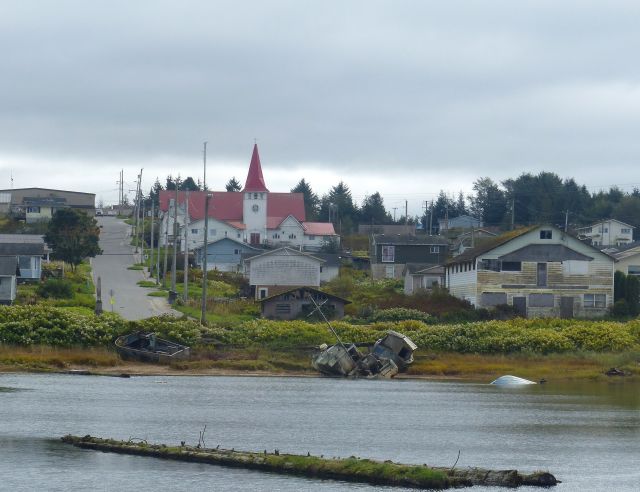
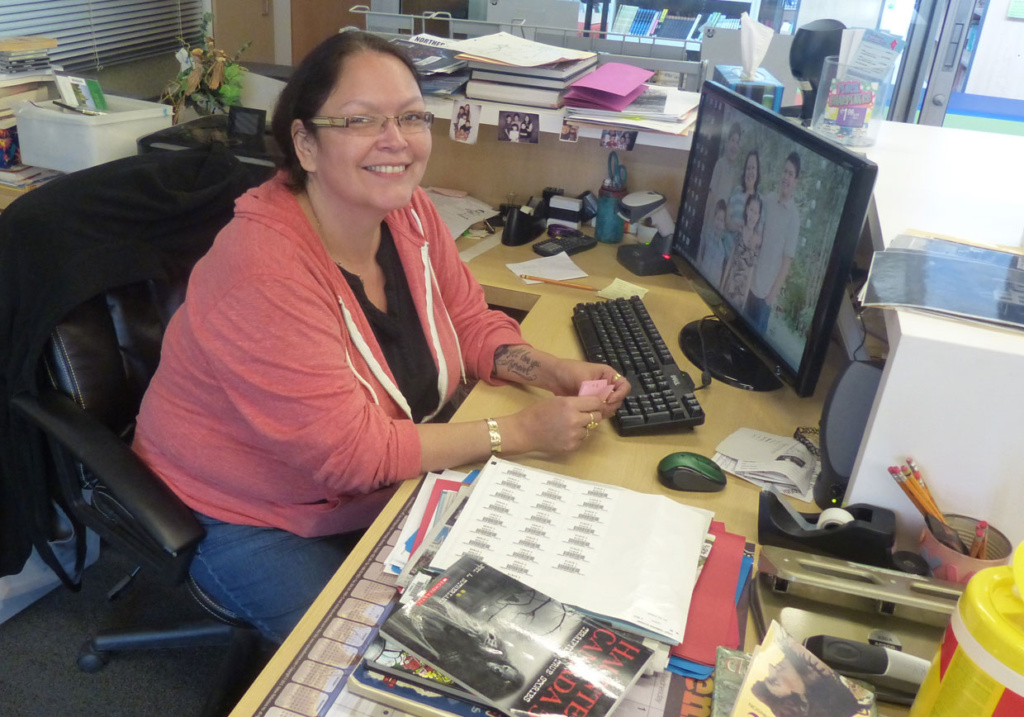
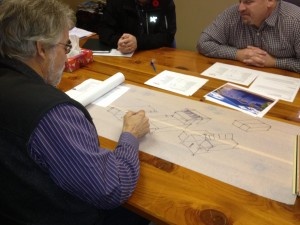 With some delays in 2016, the Write to Read Project is in full swing for 2017. According to W2R Leader Bob Blacker, here is what we are looking at now, with more to come.
With some delays in 2016, the Write to Read Project is in full swing for 2017. According to W2R Leader Bob Blacker, here is what we are looking at now, with more to come.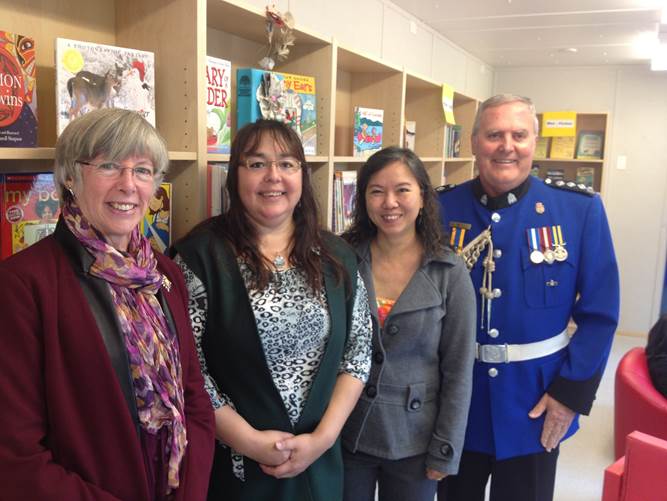
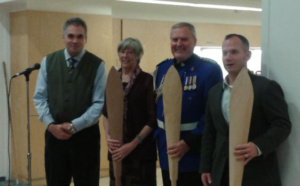
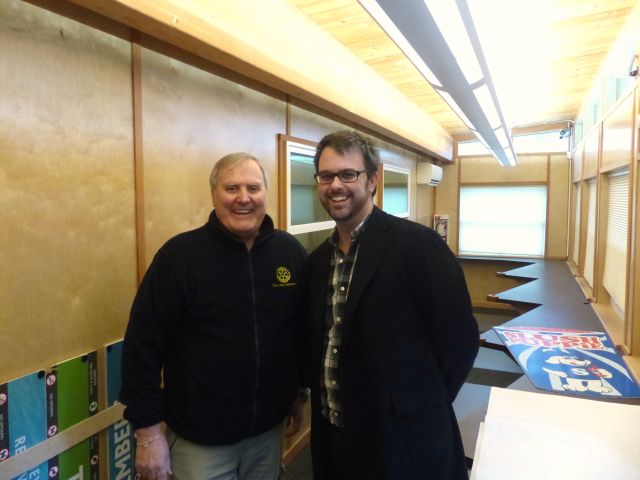
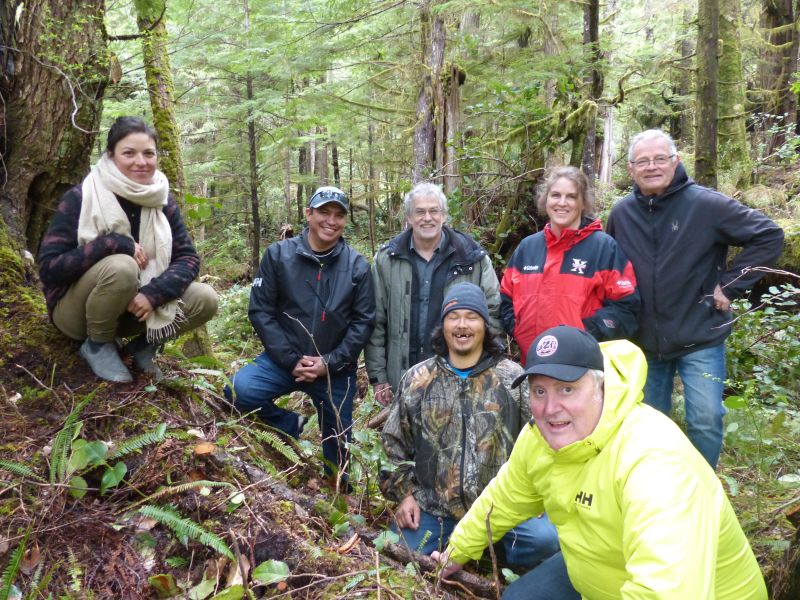
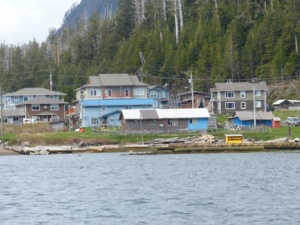 What started out as a project to deliver a library to the tiny aboriginal community of Kyquot on the northwest coast of Vancouver Island has morphed into The Big Project, a new step forward in the fast growing W2R history. The Big Project will now including a Learning Centre instead of a library, with fibre optic wiring to allow for Long Distance Learning and Tele-conferencing. That means students at the Kyquot school can simply walk a few hundred metres north to continue their higher education.
What started out as a project to deliver a library to the tiny aboriginal community of Kyquot on the northwest coast of Vancouver Island has morphed into The Big Project, a new step forward in the fast growing W2R history. The Big Project will now including a Learning Centre instead of a library, with fibre optic wiring to allow for Long Distance Learning and Tele-conferencing. That means students at the Kyquot school can simply walk a few hundred metres north to continue their higher education.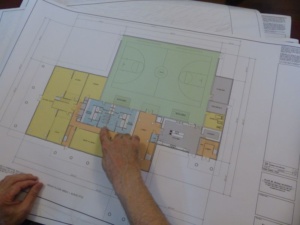 Floor plans and blueprints have already been drawn by W2R architect Scott Kemp, who has worked on several W2R libraries. He is assisted on this project by intern architect Kelly Bapty. Engineers Mike Herrold and Melissa Kindratsky will supervise, along with the direction of “big house builder” Steve Lawrence of Victoria. Master carver Moi Sutherland will train a team of village carvers to create several totems, wall art and other structures. Kyquot Chief Peter Hanson and band CAO -chief financial officer – Cynthia Blackstone will be the contact people in the village, along with Russel Hanson, the Building Committee Chair.
Floor plans and blueprints have already been drawn by W2R architect Scott Kemp, who has worked on several W2R libraries. He is assisted on this project by intern architect Kelly Bapty. Engineers Mike Herrold and Melissa Kindratsky will supervise, along with the direction of “big house builder” Steve Lawrence of Victoria. Master carver Moi Sutherland will train a team of village carvers to create several totems, wall art and other structures. Kyquot Chief Peter Hanson and band CAO -chief financial officer – Cynthia Blackstone will be the contact people in the village, along with Russel Hanson, the Building Committee Chair.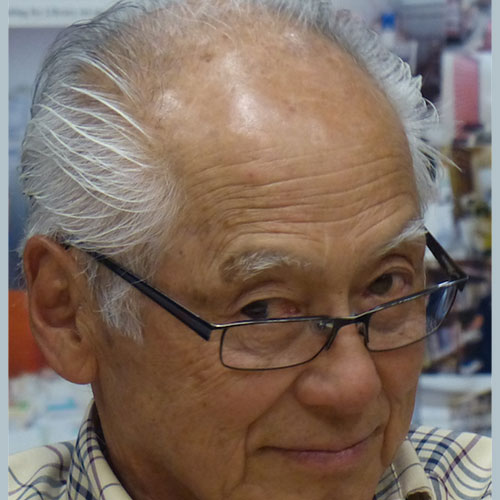 This is our newest team for W2R. The team came about from the necessity for W2R to build LEARNING CENTRES for this communities who ask us to come to their communities. To date we have 5 communities that have asked for a LEARNING CENTRE for which we have to construct the building.
This is our newest team for W2R. The team came about from the necessity for W2R to build LEARNING CENTRES for this communities who ask us to come to their communities. To date we have 5 communities that have asked for a LEARNING CENTRE for which we have to construct the building.


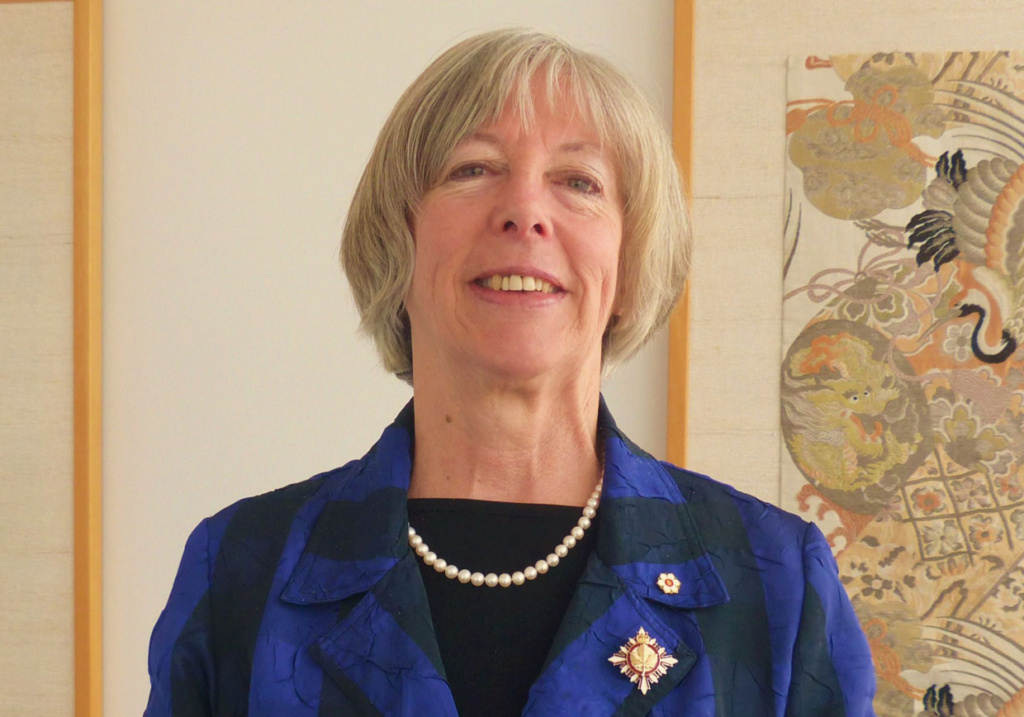
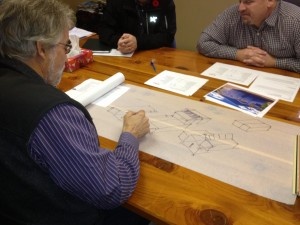 With some delays in 2016, the Write to Read Project is in full swing for 2017. According to W2R Leader Bob Blacker, here is what we are looking at now, with more to come.
With some delays in 2016, the Write to Read Project is in full swing for 2017. According to W2R Leader Bob Blacker, here is what we are looking at now, with more to come.
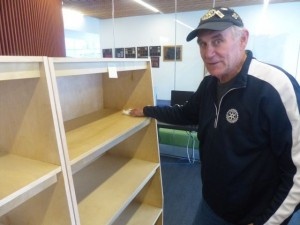
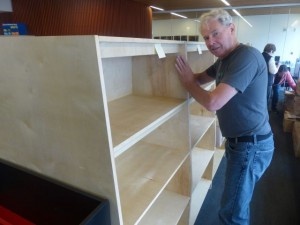
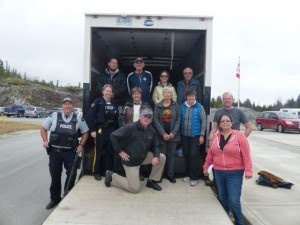
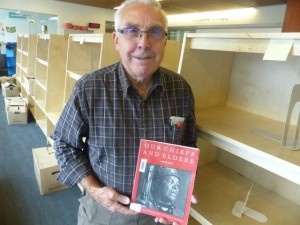
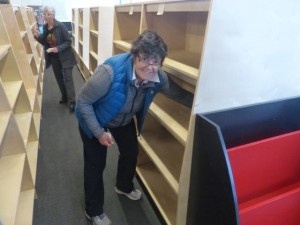
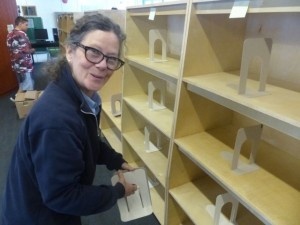
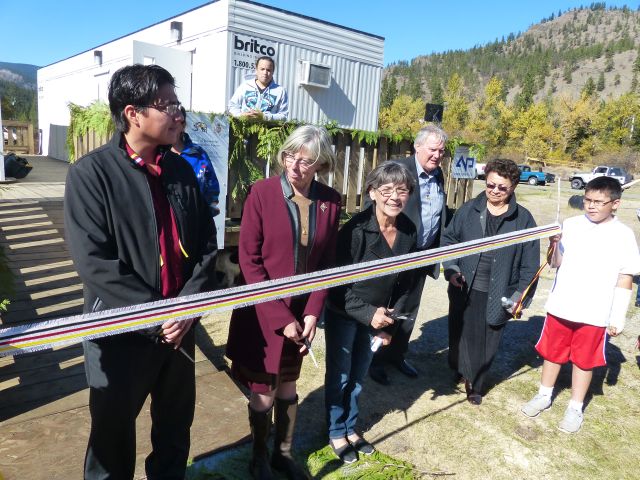
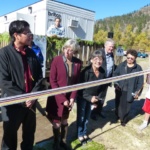 The opening of the new Write to Read library at the First Nation community of Nooaitch this summer was attended by a member of Shaw TV, who produced a video about the event. In attendance were Lt. Governor of BC the Honourable Judith Guichon, elders, band members, Rotarians, Britco Structures (who donated the modular building), TELUS Corporation, and a reporter from Shaw TV. The video is available on YouTube at https://www.youtube.com/watch?v=bhczPQWhxa4.
The opening of the new Write to Read library at the First Nation community of Nooaitch this summer was attended by a member of Shaw TV, who produced a video about the event. In attendance were Lt. Governor of BC the Honourable Judith Guichon, elders, band members, Rotarians, Britco Structures (who donated the modular building), TELUS Corporation, and a reporter from Shaw TV. The video is available on YouTube at https://www.youtube.com/watch?v=bhczPQWhxa4.